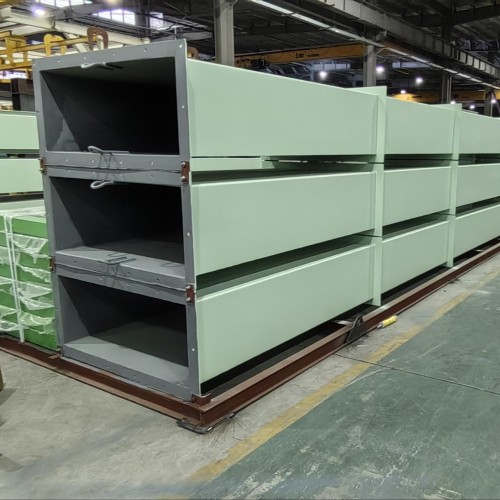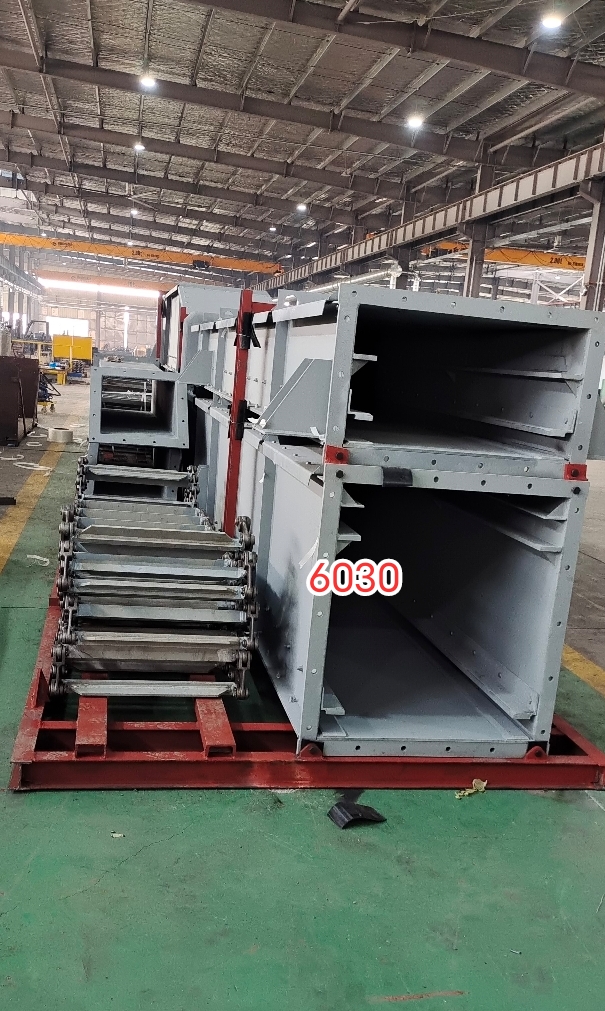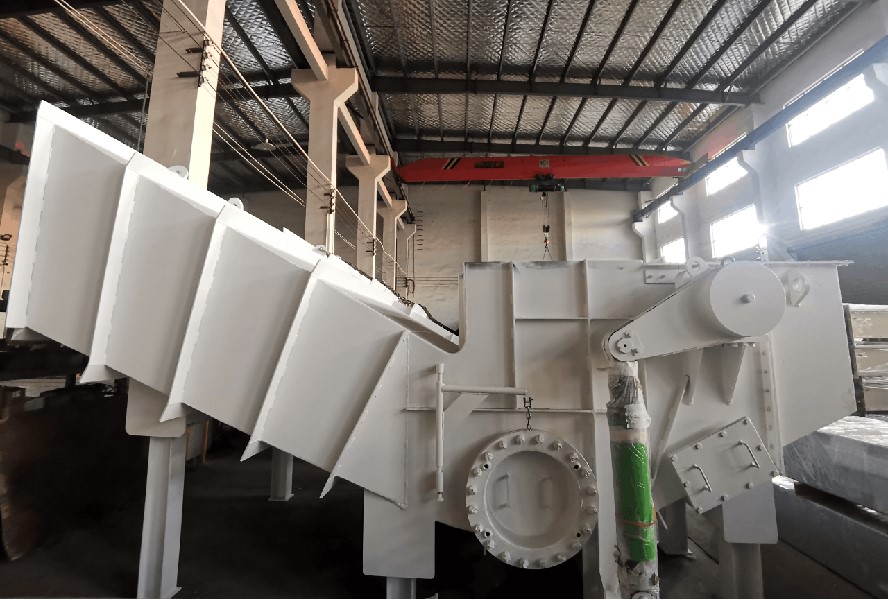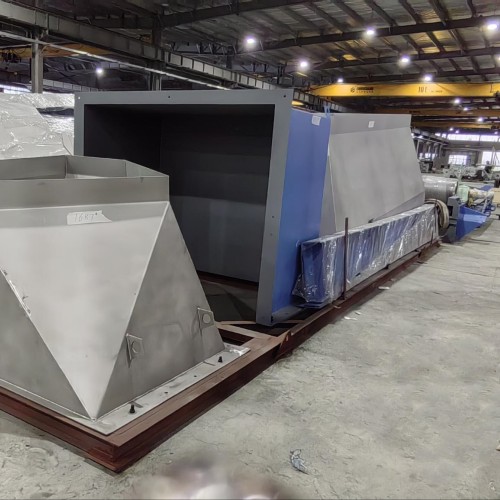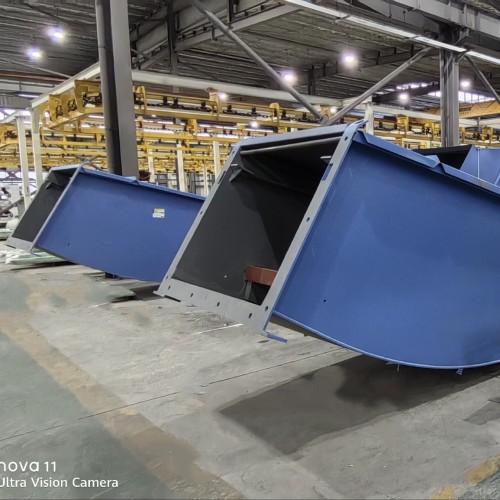
En-masse conveyors
En-masse conveyors, also known as drag chain conveyors, are a type of continuous material handling system that moves bulk materials in a solid, compact stream. They are designed to transport materials like grains, ores, and powders efficiently and effectively. En-masse conveyors offer advantages such as reduced material degradation, minimal dust emission, and high capacity transport.
Key Features and Benefits:
High Capacity:
En-masse conveyors can handle large volumes of material, with some systems capable of moving over 600 tons per hour.
Robust Design:
They are typically constructed with heavy-duty components to withstand wear and tear from handling various materials.
Enclosed System:
The fully enclosed housing minimizes dust and contamination, protecting both the material and the environment.
Efficiency:
The chain and paddle design allows for efficient material transport with less horsepower required compared to some other conveyor types.
Versatility:
En-masse conveyors can be used in both horizontal and vertical applications, and can handle a variety of materials with different properties.
Easy Maintenance:
Some models feature features like self-cleaning mechanisms and easily replaceable wear parts, reducing maintenance costs.
Material Protection:
The controlled movement of the chain and paddles minimizes material degradation, especially for delicate materials.
How they work:
• The conveyor typically consists of a chain, often with attached paddles or flights, running inside a closed trough.
• As the chain moves, the paddles drag the material along the bottom of the trough, carrying all the material above it.
• This creates a continuous, solid stream of material being transported.
Applications:
En-masse conveyors are used in a variety of industries, including:
• Food Processing: Transporting grains, meal, feed, and pellets.
• Mining: Moving ores and other mine products.
• Chemical Industry: Handling powders and other chemicals.
• Cement and Mineral Processing: Transporting bulk materials in these industries.
• Waste Management: Conveying municipal solid waste.
• Agriculture: Transporting grain and other agricultural products.
